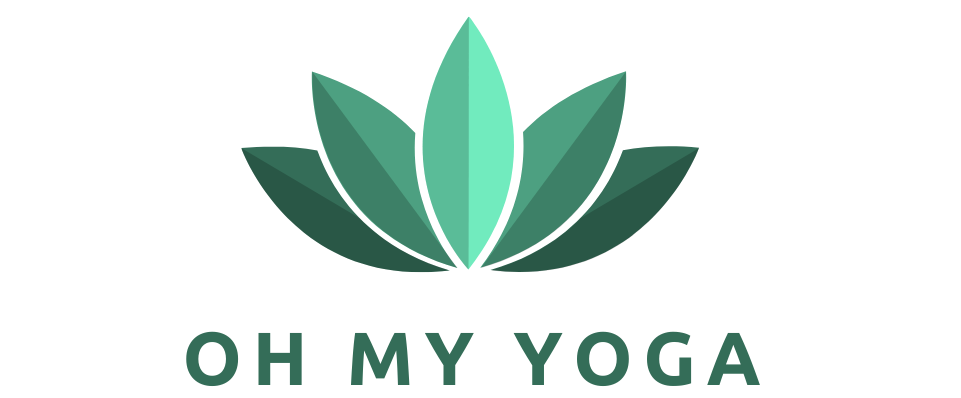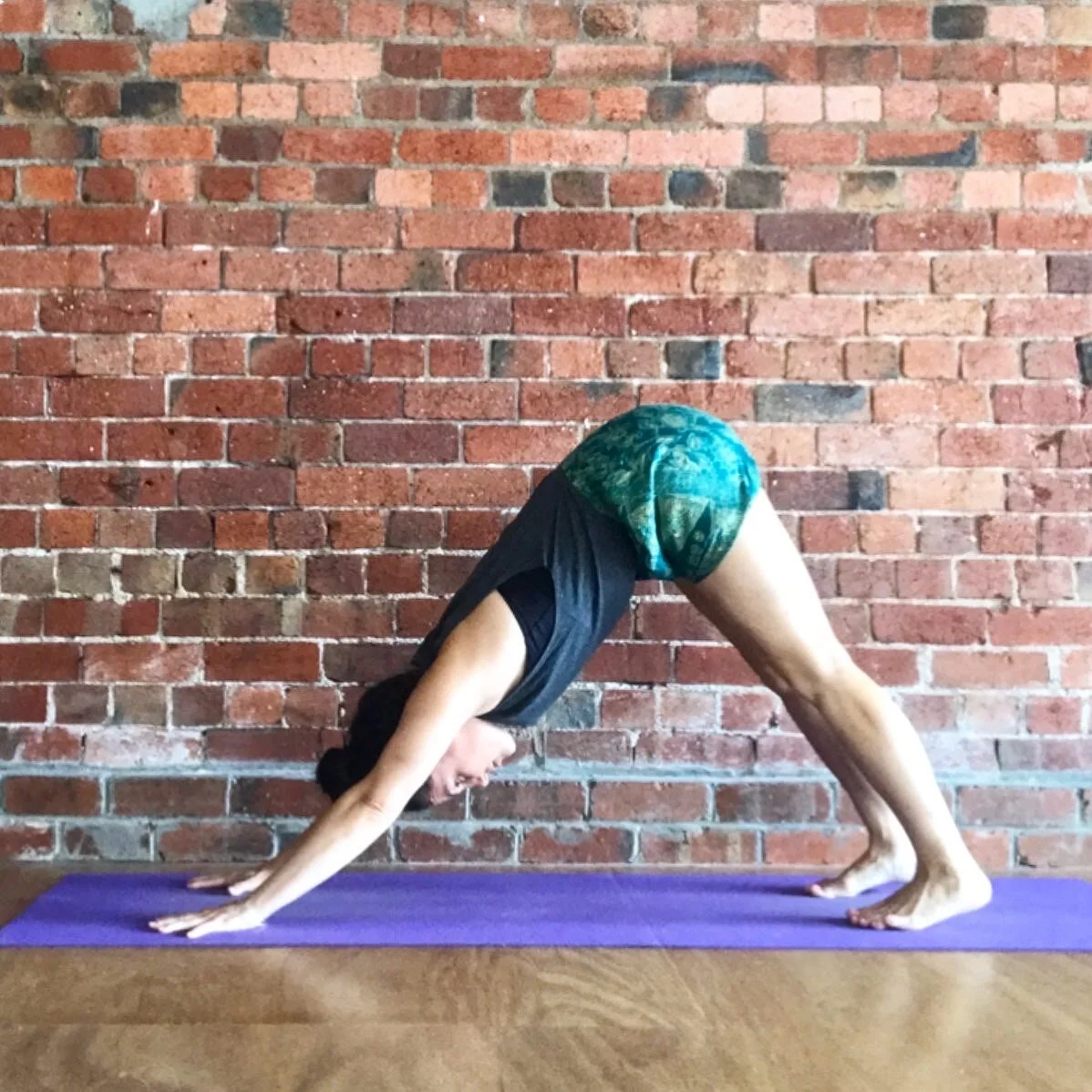Surya Namaskar - Sun Salutations
Surya Namaskar - also known as Sun Salutations or just Salutes, are a sequence of linked yoga poses that are more often practiced in the morning, but can also be done anytime as a way to bring about greater mobility and alertness to the body and mind. I find it’s a great way to start the day and get the body moving and the mind awake! Salutes can also help develop your flexibility and strength, and improves blood circulation.
There are many variations - for people of different needs and abilities, but there are normally at least 6 main poses performed in a full Surya Namaskar cycle.
These poses are:
Tadasana - mountain pose
Urdhva Hastasana - arms up
Uttansana - standing forward bend
Adho Mukkha Svanasana - downward dog
Chatarunga Dandasana - low plank
Urdvha Mukkha Svanasana - upward dog
But because not everyone can perform all these poses for many different reasons - whether it be an injury, pregnancy or something else - variations are often required and provided. For example, I will often include a lunge before downward dog to stretch the legs and open the hips, or do cobra pose instead of full upward dog to protect the lower back.
Below are three quick (and I mean quick!) video demonstrations of three variations of Sun Salutations that you can try and practice regularly at home. Enjoy!
Regular Sun Salutations
This no-frills, basic version is a lovely practice for first thing in the morning or for when you are feeling a bit stiff - physically and mentally. Repeated on the left and right sides, at least a few times each, it can also become a little meditative and soothing - particularly if you work with the breath, inhaling and exhaling with each pose.
The hardest part, when you are first starting out is getting into Chatarunga Dandasana (low plank) and then transitioning to Urdvha Mukkha Svanasana (upward dog) while also keeping the thighs and knees off the floor. In the beginning, you can place blocks under the hands to give you more height and a feeling of lightness in these poses, or put low blocks under the thighs to prevent them from collapsing down to the floor….
The full cycle of poses for this first variation are:
Tadasana - mountain pose
Urdhva Hastasana - arms up
Uttansana - standing forward bend
Lunge - stretching the back leg
Adho Mukkha Svanasana - downward dog
Chatarunga Dandasana - low plank
Urdvha Mukkha Svanasana - upward dog
Adho Mukkha Svanasana - downward dog
Lunge - stretching the back leg
Uttansana - standing forward bend
Urdhva Hastasana - arms up
Tadasana - mountain pose
2. Easy Version - On the Knees
The cycle of poses for this variation are the same as those listed above, however, we will come onto the knees for Chatarunga Dandasana (plank pose) and we will do a Bhujangasana or cobra pose instead of upward dog..
This is a good option if you have wrist or lower back issues as there is not as much weight placed on the hands and arms (yet we are still helping to build strength in the arms) and the backbend action of the cobra pose is not as strong on the lower back as upward dog (while still allowing you to work on opening the front body and chest).
The full cycle of poses for this variation are:
Tadasana - mountain pose
Urdhva Hastasana - arms up
Uttansana - standing forward bend
Lunge - stretching the back leg
Adho Mukkha Svanasana - downward dog
Chatarunga Dandasana - low plank on the knees
Bhujangasana - cobra pose
Chatarunga Dandasana - push back up to plank on the knees
Adho Mukkha Svanasana - downward dog
Lunge - stretching the back leg
Uttansana - standing forward bend
Urdhva Hastasana - arms up
Tadasana - mountain pose
3. Jumping into Chatarunga Dandasana
This last variation is for experienced practitioners who may be looking for a more dynamic practice, as it involved jumping with both legs straight back into Chatarunga Dandasana (low plank) from Uttanasana (standing forward bend), as well as jumping forward from downward dog back into Uttanasana. It’s fast and heating, so it’s great on cooler mornings and days!
Make sure you are experienced enough and proficient at each of the individual poses in the regular Surya Namaskar sequence before attempting this variation to avoid injuries and protect your knees and wrists.
The full cycle of poses for this variation are:
Tadasana - mountain pose
Urdhva Hastasana - arms up
Uttansana - standing forward bend
jump back into…
Chatarunga Dandasana - low plank
Urdvha Mukkha Svanasana - upward dog
jump back into…
Adho Mukkha Svanasana - downward dog
jump forward into…
Uttansana - standing forward bend
Urdhva Hastasana - arms up
Tadasana - mountain pose
If you’re looking for an extra challenge in this third variation trying going back to Chatarunga Dandasana (low plank) after Urdvha Mukkha Svanasana (upward dog) and then come into the upward dog again before coming back into the Adho Mukkha Svanasana (downward dog)!!
You can also add standing poses like Trikonasana (triangle) and Virabhadrasana 1 (warrior 1) to create a longer Salute cycle or sequence of poses - which is what you will often find in a Vinyasa Flow style of yoga practice. ("Vinyasa" is derived from the Sanskrit term nyasa, which means "to place," and the prefix vi, "in a special way). In Iyengar yoga, however, Surya Namaskar makes up only a small part of our practice or sequence.
Be careful if you have heart problems (see your GP first and work very slowly) and women are advised not to practice the backbends or jump if they are menstruating.
Email me at hello@ohmyyoga.com.au if you have questions about any of these poses or would like to arrange an online session via Zoom.



